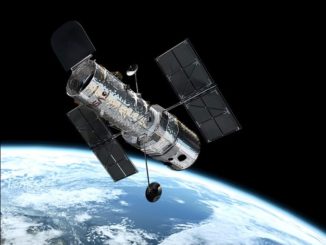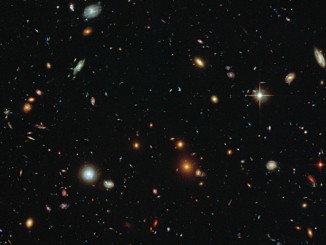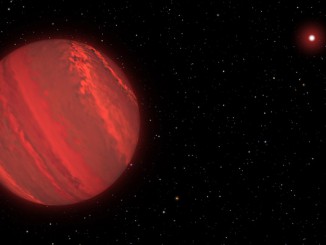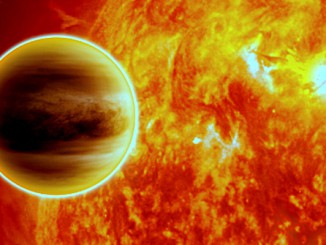
Hubble’s Wide Field Camera 3


A face-on spiral in all its glory – and colours
A composite image from the Hubble Space Telescope shows a dramatic range of color in galaxy NGC 3344, a weakly barred spiral half the size of the Milky Way some 20 million light years away in the constellation Leo Minor. Hot young stars, seen in blue, populate the spiral arms along with glowing red clouds of gas and dust that provide the raw materials for new suns.

Hubble discovers moon orbiting the dwarf planet Makemake
NASA’s Hubble Space Telescope has spotted a small, dark moon orbiting Makemake, the second brightest icy dwarf planet — after Pluto — in the Kuiper Belt. The moon, provisionally designated S/2015 (136472) 1 and nicknamed MK 2, is estimated to be 100 miles in diameter. Makemake and its moon are more than 50 times farther away than Earth is from the Sun.

Hubble dares to look into Pandora’s Box
Peering deep into the early universe, this picturesque parallel field observation from the NASA/ESA Hubble Space Telescope reveals thousands of colourful galaxies swimming in the inky blackness of space in the constellation Sculptor. This spectacular skyscape was captured during the study of the giant galaxy cluster Abell 2744, otherwise known as Pandora’s Box.

Hubble team breaks cosmic distance record
By pushing the NASA/ESA Hubble Space Telescope to its limits, astronomers have shattered the cosmic distance record by measuring the distance to the most remote galaxy ever seen in the universe. The galaxy, named GN-z11, has a redshift of 11.1, which corresponds to 400 million years after the Big Bang when the universe was only three percent of its current age.

Hubble directly measures rotation of cloudy ‘super-Jupiter’ exoplanet
Astronomers using NASA’s Hubble Space Telescope have measured the rotation rate of an extreme exoplanet by observing the varied brightness in its atmosphere. The planet, called 2M1207b, is about four times more massive than Jupiter and is dubbed a “super-Jupiter.” This is the first measurement of the rotation of a massive exoplanet using direct imaging.

